- Home
- slideshows
- miscellaneous
- The airline industry is on the cusp of its biggest changes in a generation after a transformative decade in the 2010s. The next 10 years could revolutionize the industry.
The airline industry is on the cusp of its biggest changes in a generation after a transformative decade in the 2010s. The next 10 years could revolutionize the industry.
For an industry where change can occur at a glacial pace, the last decade was a transformative one for the airline industry.

The 2010s saw the days of the jumbojet begin to wane.
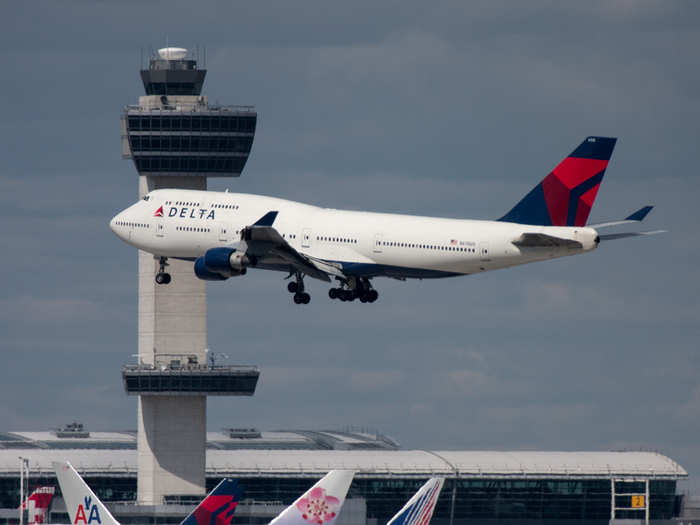
Airlines around the world retired the storied Boeing 747 from passenger service, including Delta and United in the US. As new, more efficient dual-engine jets became capable of flying farther, airlines began moving away from mega-hub models towards more point-to-point long-haul service.
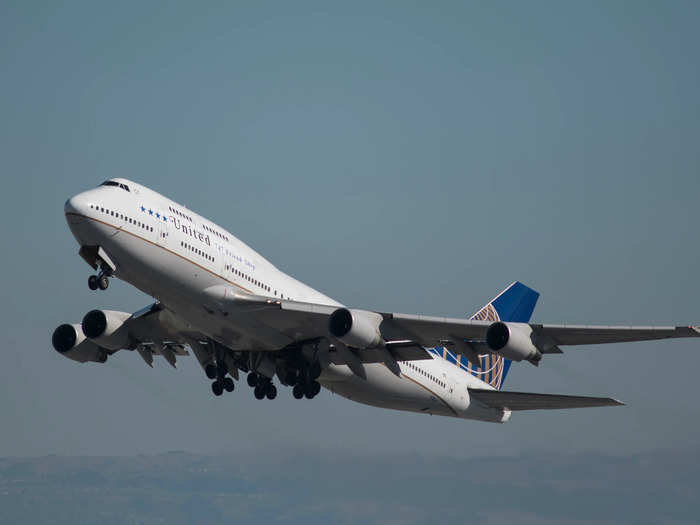
Meanwhile, the world's biggest passenger plane — the formidable double-decker A380 — became a linchpin in Emirates' business strategy, helping propel the airline to a new reputation for luxury and service, but proved ineffective and inefficient for other operators.
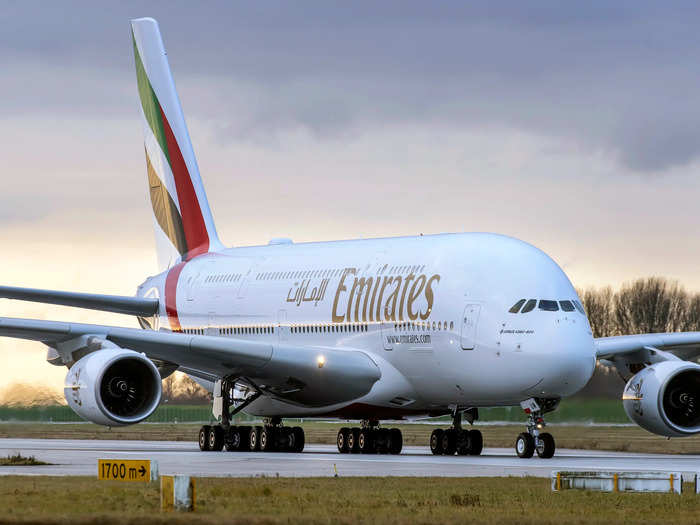
Demand for the super-jumbojet plummeted, and Airbus said it would stop producing the plane in 2021 — just 14 years after the plane first entered commercial service.
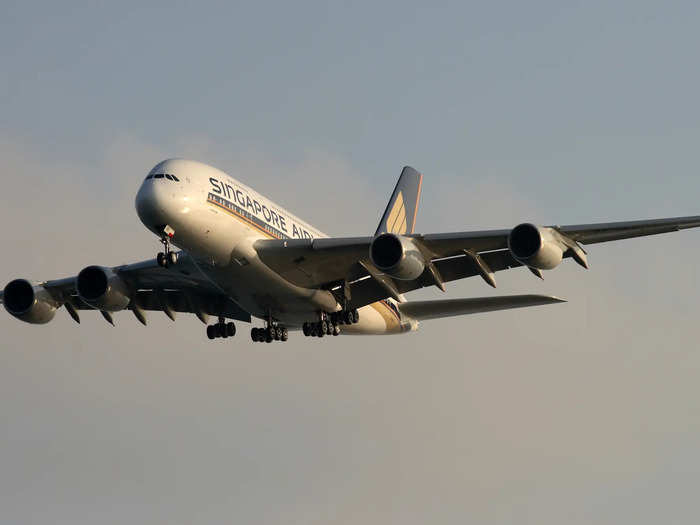
As airlines have sought to connect more direct city pairs and fly more efficiently, ultra-long-haul flights — something that had been beginning to disappear — came swooping back into vogue.
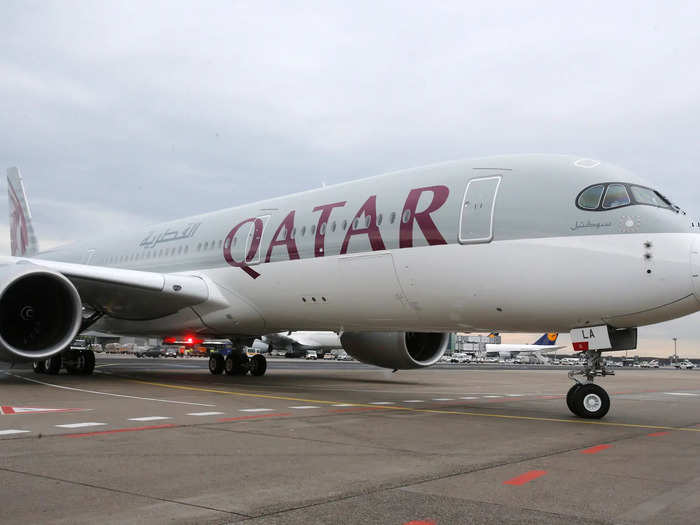
Singapore Airlines revived its Newark, New Jersey–Singapore nonstop in 2018 — it previously flew the route with an all-business class-configured Airbus A340, but suspended it due to high operating costs.
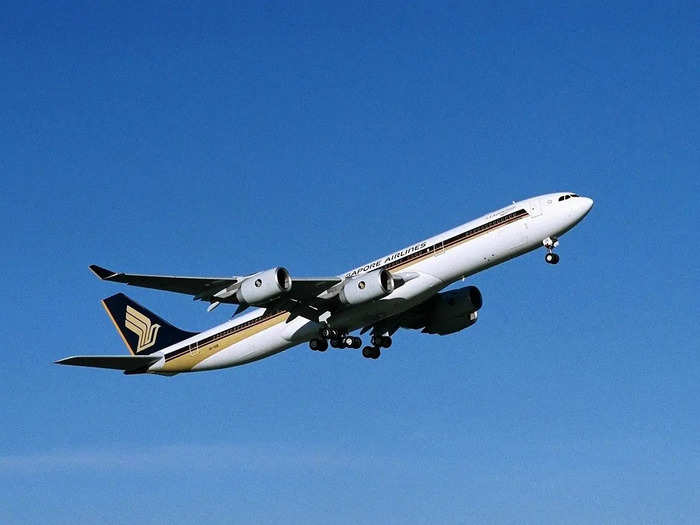
The relaunched flight, which began service in October 2018, was on an Airbus A350-900ULR, offering dramatically better efficiency. The plane is configured with business class and premium economy — no coach seats on this 19-hour ride.
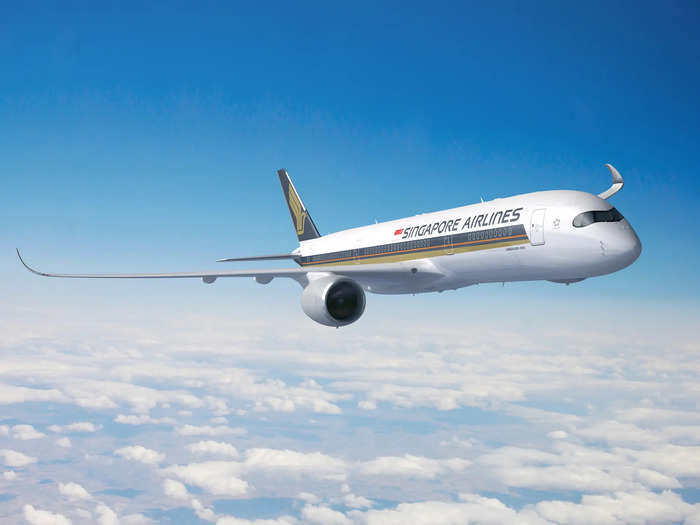
Australian airline Qantas spent much of the 2010s discussing its ambition to launch direct flights between Sydney and New York and London. In 2019, it flew three test-flights, tracking crew performance and experimenting with new "anti-jet-lag" service flows for passengers.
The flights are not likely to begin until 2023.

The 2010s saw airlines around the world up their business class games.
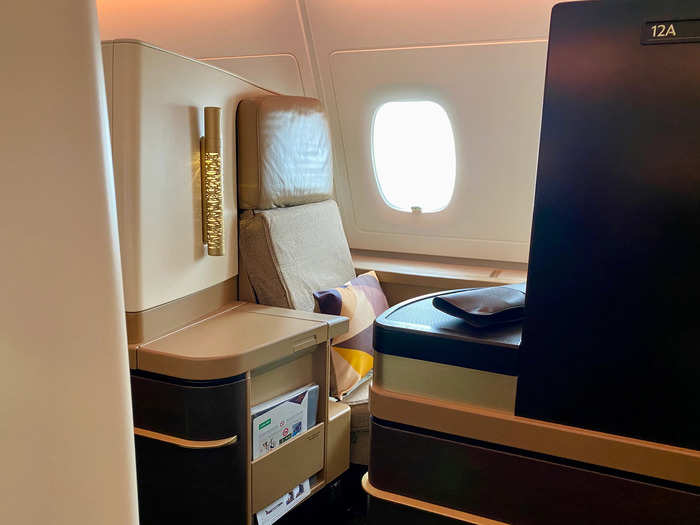
All-aisle access 1-2-1 seating layouts became the expectation, rather than the exception, with lie-flat seats that can turn into beds.
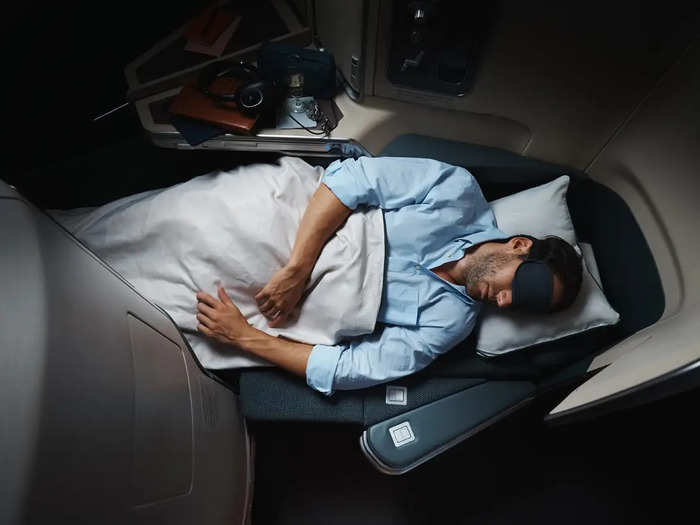
Toward the end of the decade, airlines began to take business class even further, offering privacy dividers, and even enclosed suites with doors.
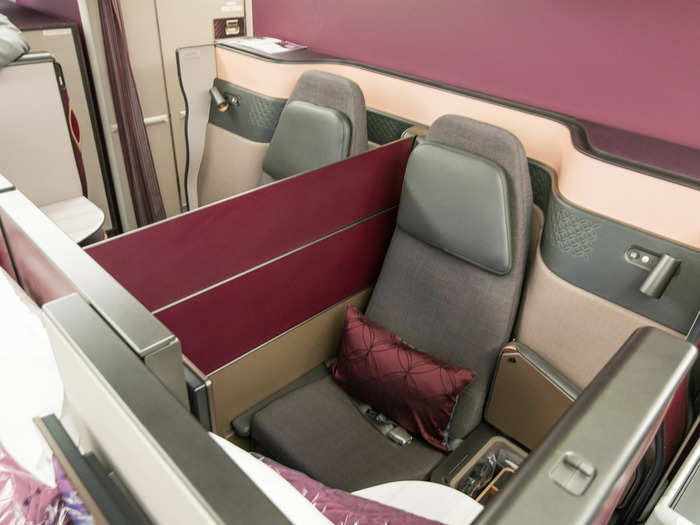
At the same time, international first class is becoming more of a scarcity, with airlines choosing to do away with it in favor of ultra-luxe business class.
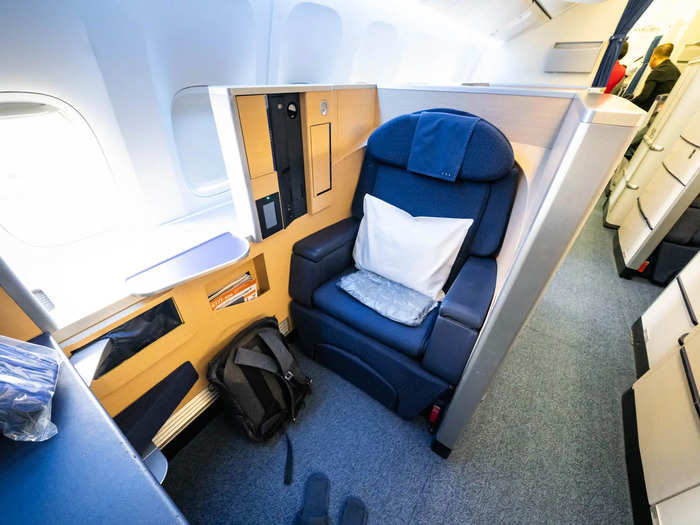
There are definitely exceptions — two of the three major Middle East airlines have invested heavily in their first class products, and airlines that fly longer, high-demand routes still find that it sells well — but these days, you may have to go out of your way to find a first class flight.
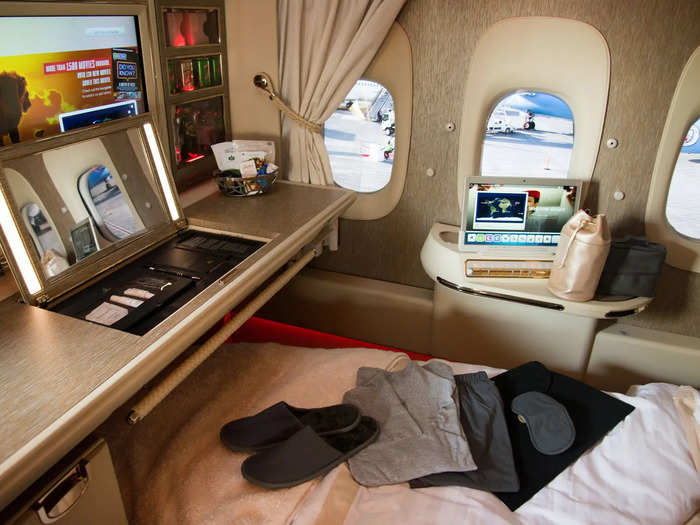
Over the 2010s, the airline industry began a rapid expansion in a new market: Asia-Pacific
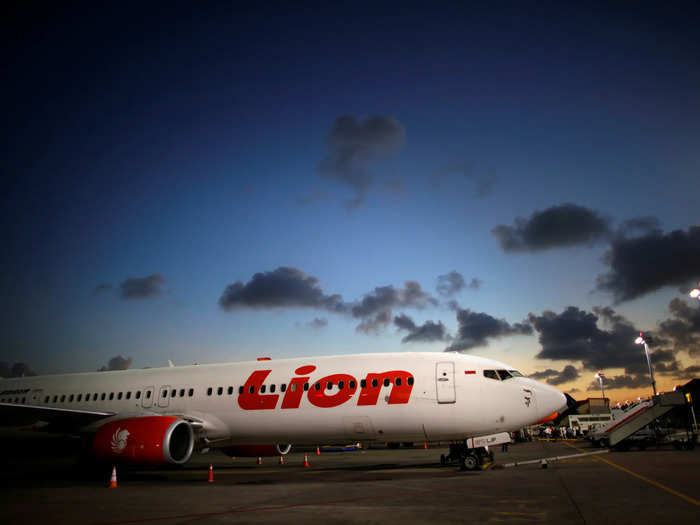
The air travel markets in India, China, and across Southeast Asia saw massive expansion, with a variety of low-cost carriers rising to prominence.
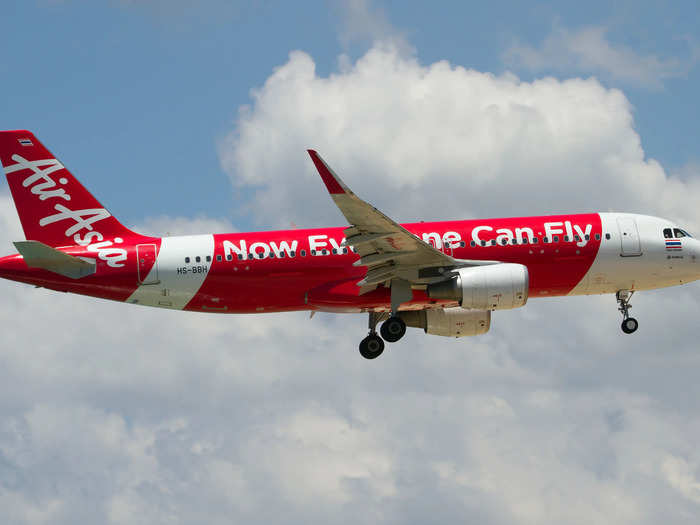
These airlines capitalized on growing middle classes and new emerging markets by building up networks with flexible narrow-body jets like the Boeing 737 and the Airbus A320.
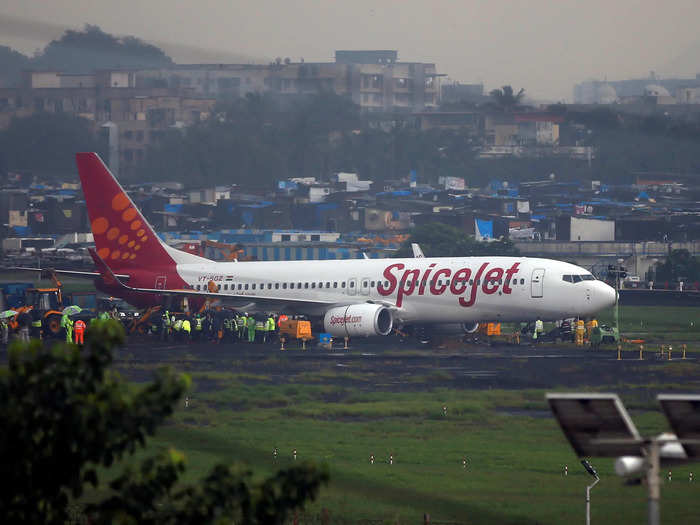
Over the last decade, low-cost airlines expanded and made travel more accessible for more people, and drove airfares down across the board.
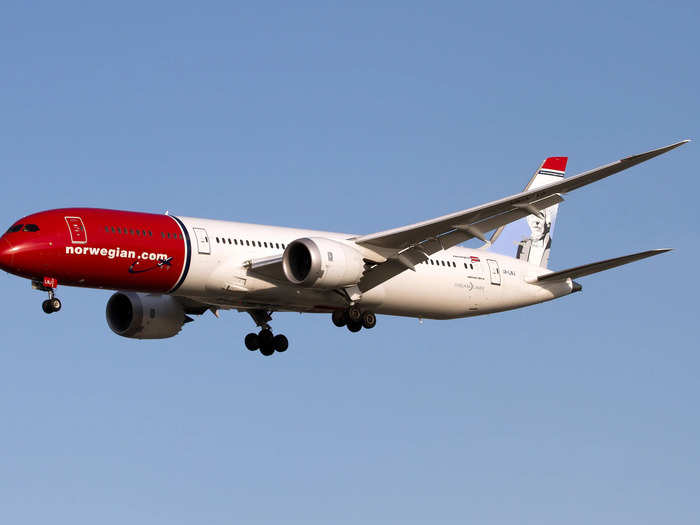
The average return airfare (before surcharges and taxes) in 2020 is tipped to be $293, or 64 percent below 1998 levels after adjusting for inflation.

(Source)
Partly as a result of the continued cheap fares, air travel has continued to grow and the number of city pairs is expected to top 23,000 in 2020 as passenger numbers hit 4.72 billion, almost double the 2010 numbers.
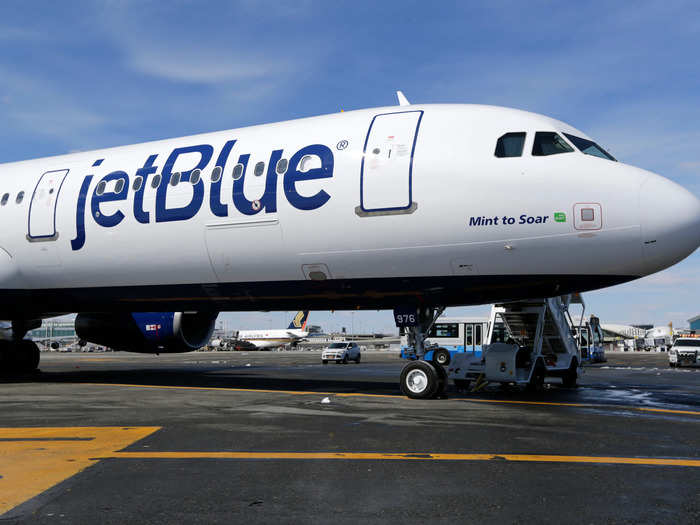
It's now often the same price to get from the East Coast to Europe as it is to get to California — sometimes even less.
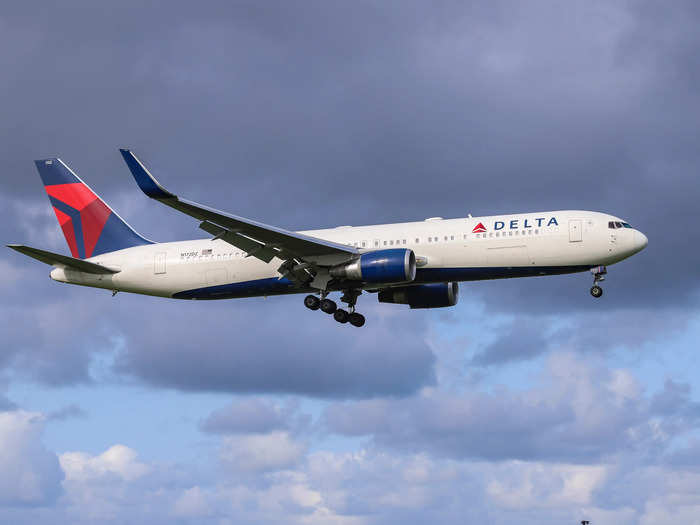
Things weren't good for every airline, though.
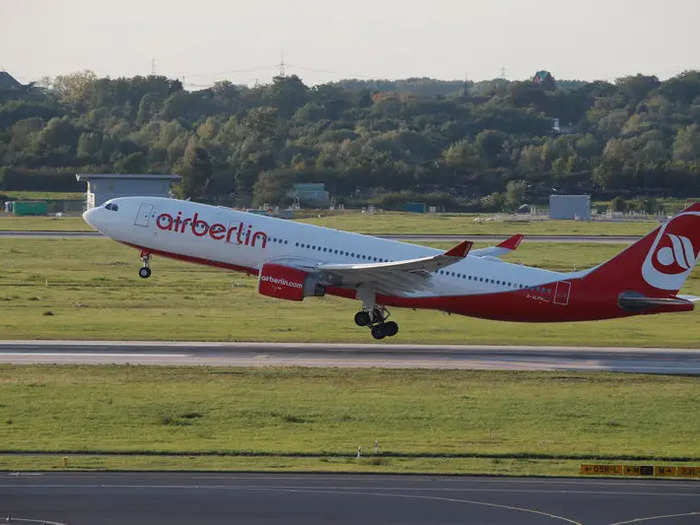
AirBerlin, WOW, Thomas Cook, Primera, and many other airlines failed and went out of business.
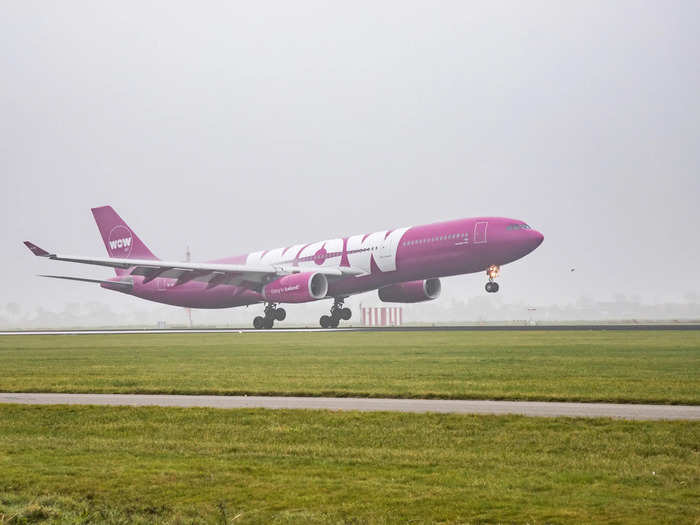
In the 2010s, commercial air travel became safer than ever before, despite the prolific 737 Max crashes in 2018 and 2019.
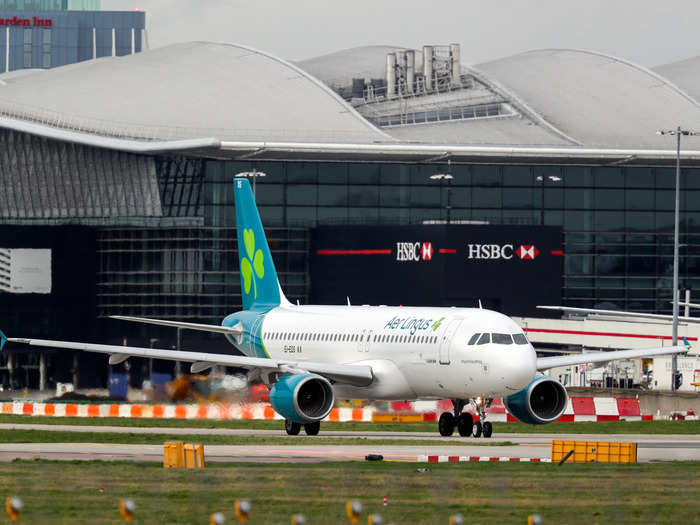
Finally, the decade closed out with a major tide-change. In 2019, Airbus surpassed Boeing to become the biggest airplane manufacturer, and the A320 passed the Boeing 737 as the best-selling airplane of all time.
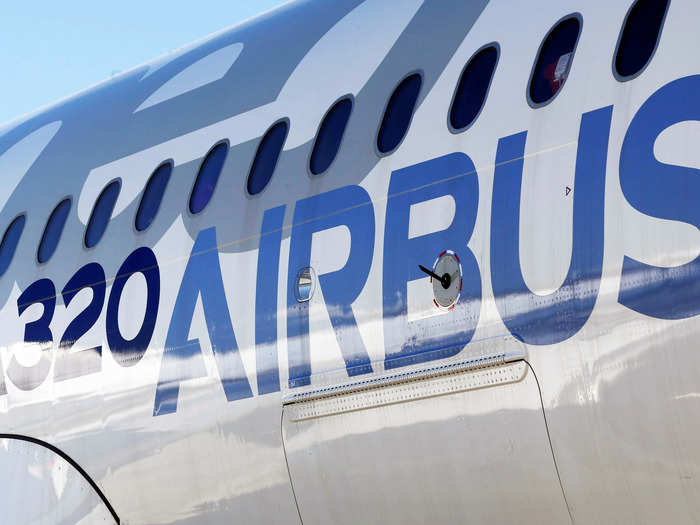
So what will we see in the next decade?
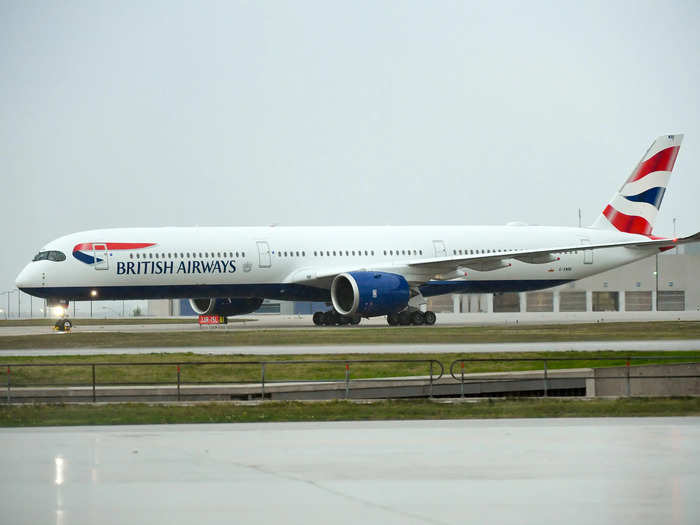
Climate change will increasingly pose an existential threat to the airline industry.

Commercial aviation currently makes up just 2-3% of manmade emissions, but this will increase over the next 10 years as the industry expands, particularly in developing markets.
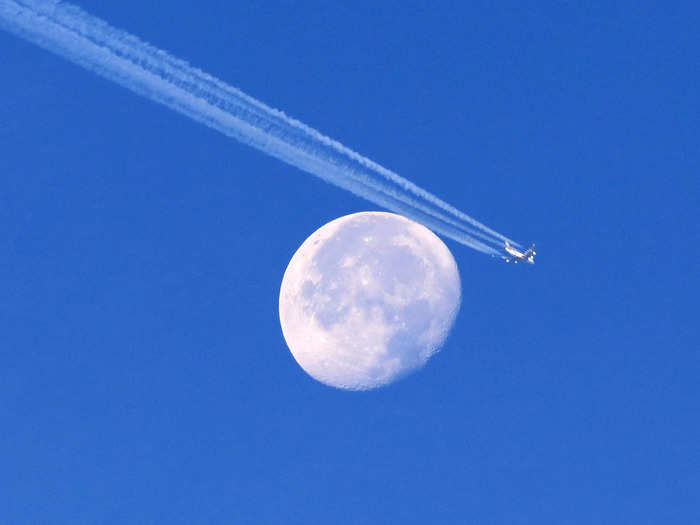
We will not see electric planes move beyond conceptual, experimental, and possibly ultra-short-haul phases in the next 10 years.
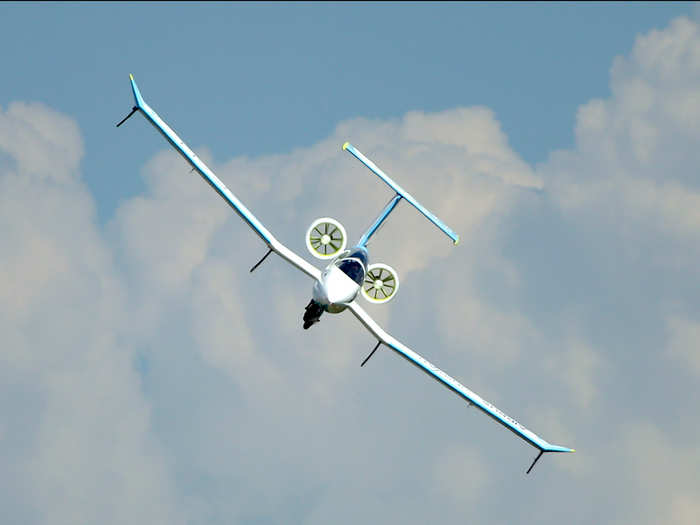
Airlines, plane-makers, and engine-makers will scramble to find interim solutions, including biofuels, better resource management, and incremental improvements in airplane engine efficiency.

We'll likely see new carbon taxes, making this more urgent for airlines.
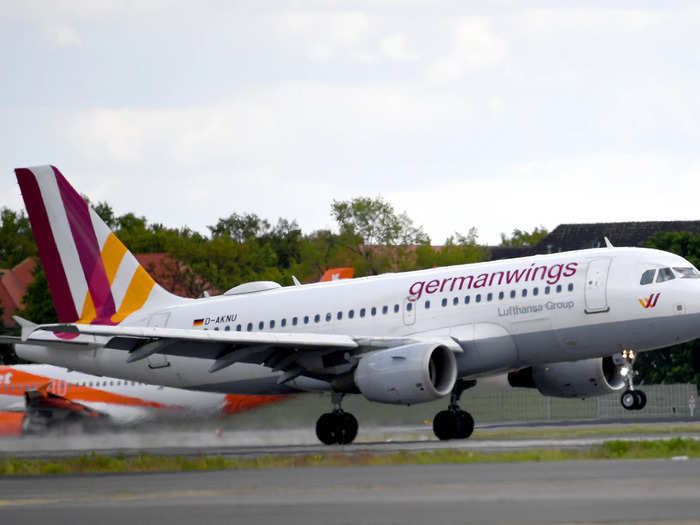
Airlines will tout biofuels and offsets as allowing "net neutral" emissions, but pushback from activists who argue that these methods are ultimately ineffective will upset this messaging.

Barring unexpected headwinds, the airline industry will likely continue to grow. IATA estimated the airline industry will double in size over the next 17 years.
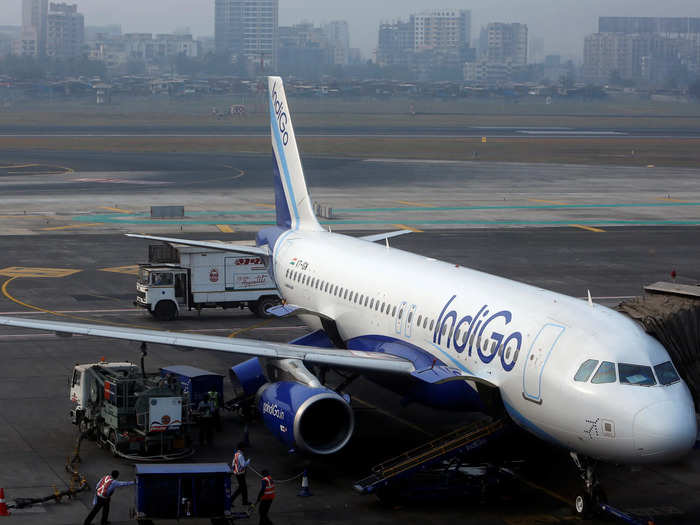
We'll see first class continue to vanish and become even more elusive, a continuation of the 2010s trend.
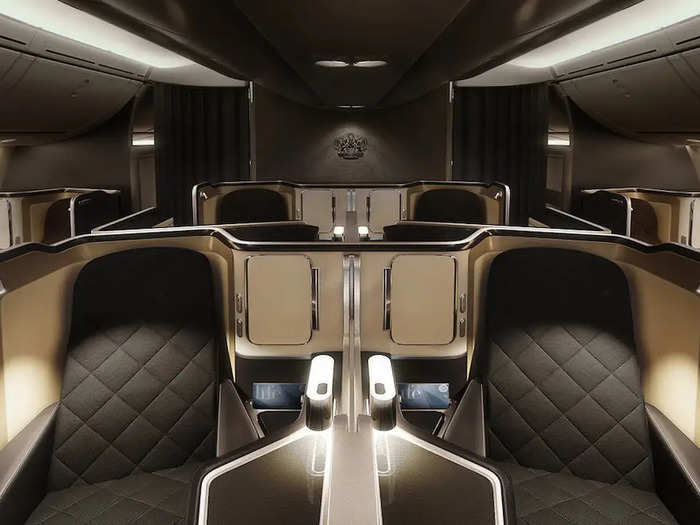
A pilot shortage is looming, and the 2020s will see moves to address it.

As pilots in the baby boomer generation retire, we'll see a renewed need for airlines to recruit and train pilots from civilian sources, rather than the military.
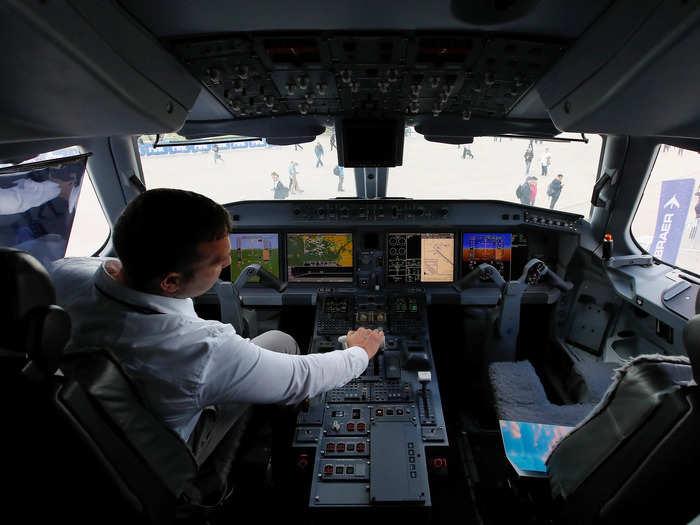
This may lead to a rise in salaries at regional airlines, and a consequential uptick in ticket prices, as well as possible consolidation between regional carriers.
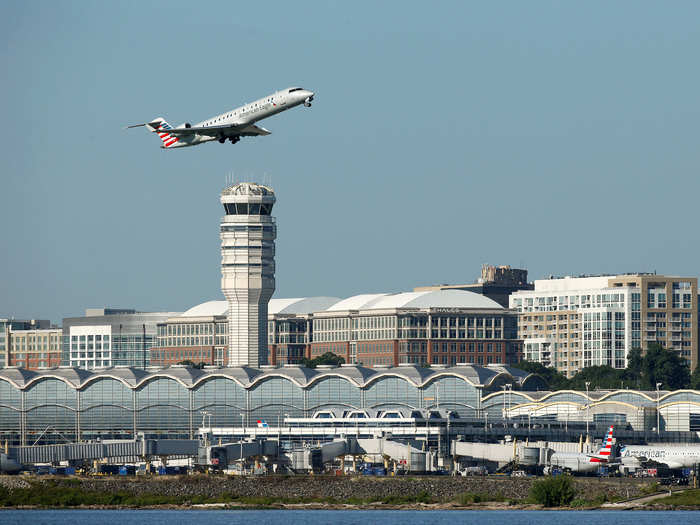
United announced that it will begin operating its own flight school this year, part of a move to recruit and train potential pilots and keep a steady pipeline of new employees to its regional partners — we may see more airlines try the same thing.
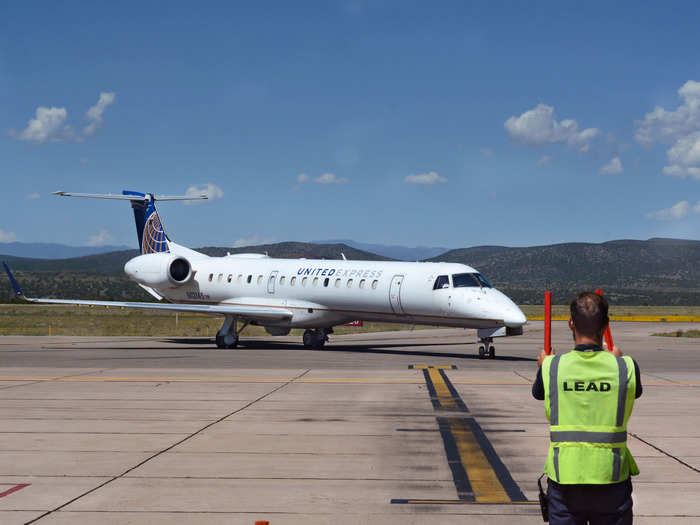
The same applies for airplane technicians and other support roles — as the baby boomer generation retires and the overall global industry expands, jobs will continue to be available.
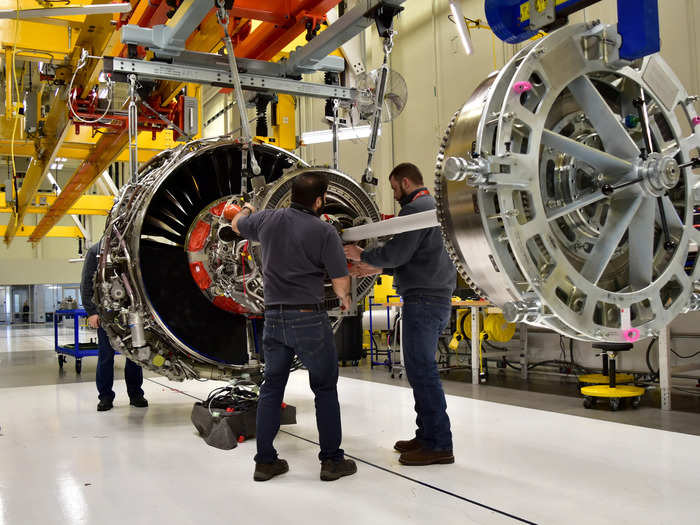
The 2020s look likely to see airlines offering more direct and point-to-point flights between smaller cities, using algorithm and AI-aided revenue management to help airlines find ways to offer more direct service. Breeze, a new airline by JetBlue founder David Neeleman, set to launch this year, will build its business using this model.
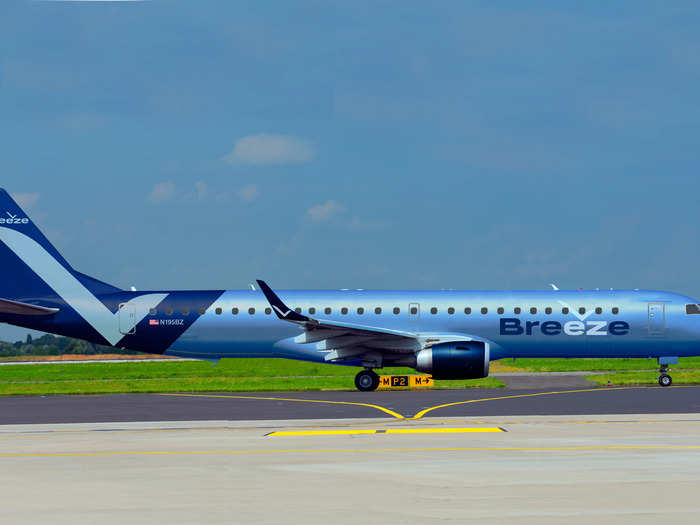
Passenger biometric use will become more common. We saw facial recognition technology become adopted more widely at customs and for boarding in the late 2010s, as well as fingerprints with services like CLEAR. This will continue in the 2020s. Already, we've seen facial recognition become a bigger part of Global Entry.
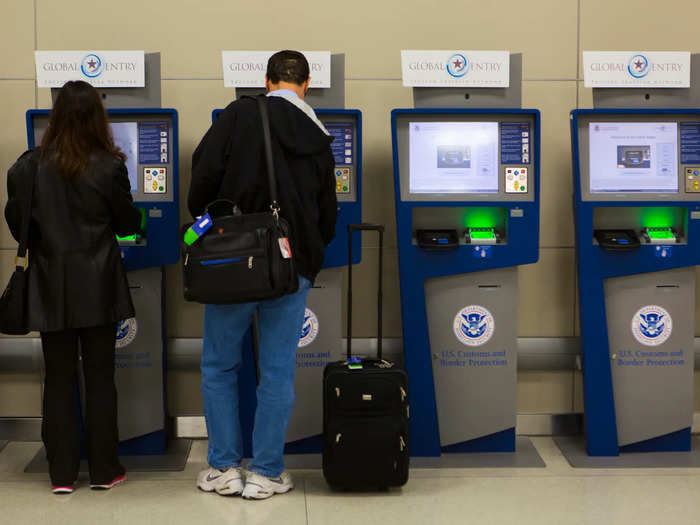
Uses of other passenger data will similarly become more common. Big data, collected from frequent flyer accounts, credit cards, smartphone apps, and more, will enable airlines to individually tailor more for passengers, from offers and prices to help finding a taxi.

Despite automation playing a role in the 737 Max crashes, it has overall improved safety in aviation. The 2020s will see more automation, but with lessons learned from the 737 Max, including pilot training standards, and design around how pilots can seamlessly interact with automated elements.
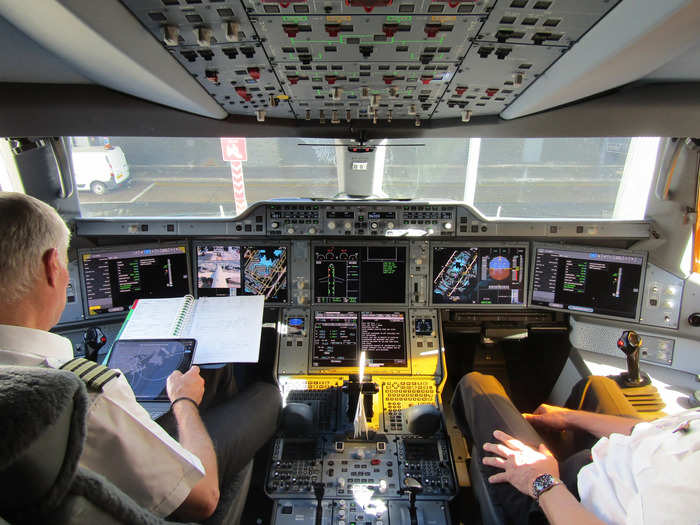
Finally, the 2020s will see shifts in in-flight services. Wi-Fi will become more common, more reliable, and more affordable — Delta has even said it's working on making it free. Some airlines will continue removing in-flight entertainment screens from planes, while others will double-down on them, and use them to sell a more premium brand.

Popular Right Now
Popular Keywords
Advertisement